Condylography of the TMJ

specialists

equipment

treatment
General information about the procedure
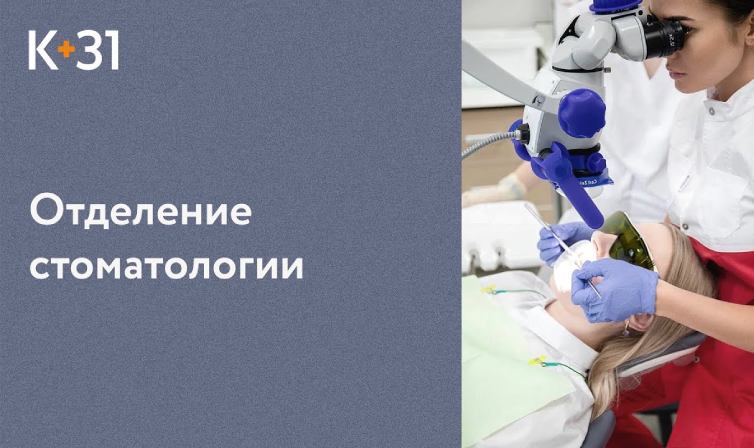
Modern methods of diagnostics and dental treatment at "K+31"
Answers to popular questions
Doctors from K+31 answered frequently asked questions about the study.
What is the difference between axiography and condylography?
Is the condylography procedure painful?
What are the causes of TMJ dysfunction?
Temporomandibular joint dysfunction can occur for many reasons. The main ones are:
- Stress and muscle tension
- Jaw injuries
- Anatomical features: abnormal development of teeth or jaws
Additionally, TMJ pathologies can be caused by diseases that affect the joints and muscles of the jaw.
Who is a gnathologist?
Is condylography always necessary?
Many patients ask whether this procedure is really necessary and whether it is done for everyone, or if there are exceptions. Doctors from K+31 answer.
“It is worth noting that not many orthodontists and orthopedists are skilled in performing this procedure; such specialists are indeed few. If a clinic has the necessary equipment and a qualified specialist, the procedure should be performed there and treatment should continue in the same clinic. However, if you had the examination done elsewhere, the new clinic will likely want to repeat the examination to independently assess its quality.
Despite the significance and informativeness of condylography, the procedure is not always necessary. The study is not required if the patient has no complaints about joint dysfunction or jaw movement problems, if the results of computed tomography (CT) and magnetic resonance imaging (MRI) show a normal condition of the joint structures, and if the jaw position is within normal limits.
However, in practice, most patients with bite pathologies are found to have problems with joint position and movement, making the study an important part of the diagnosis.”
At what age can condylography be performed?
The study of jaw joint movements can be performed at any age based on medical indications. However, it is usually not applied to children whose dental system is still developing. Teenagers are allowed to undergo the study if they have jaw disorders and other functional problems, especially before an upcoming bite correction.
Primarily, the study is prescribed for adults who have noticeable joint problems, including clicking and creaking in the jaw, pain, and other signs of joint dysfunction.
Our doctors

This award is given to clinics with the highest ratings according to user ratings, a large number of requests from this site, and in the absence of critical violations.

This award is given to clinics with the highest ratings according to user ratings. It means that the place is known, loved, and definitely worth visiting.

The ProDoctors portal collected 500 thousand reviews, compiled a rating of doctors based on them and awarded the best. We are proud that our doctors are among those awarded.
Make an appointment at a convenient time on the nearest date
Price
Other Services







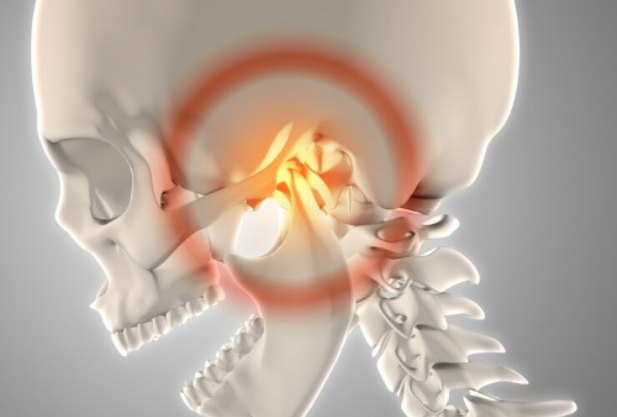
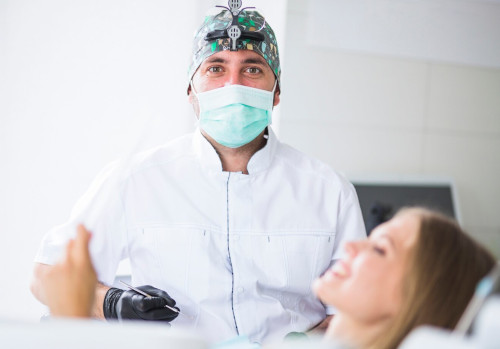
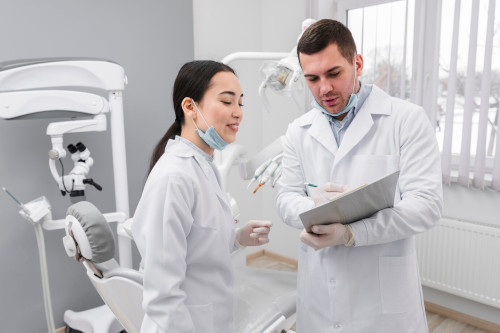
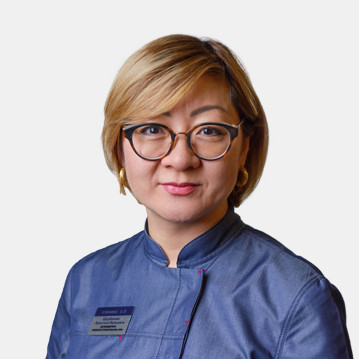
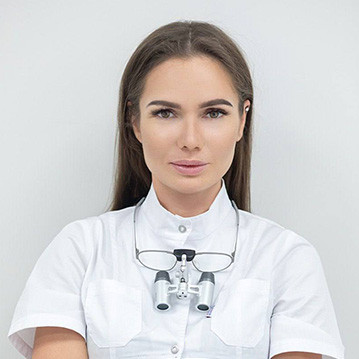
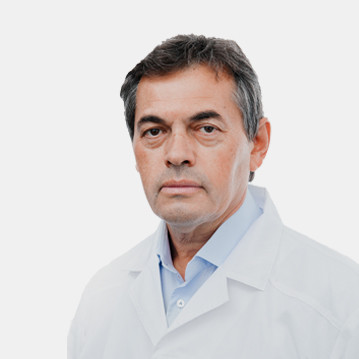
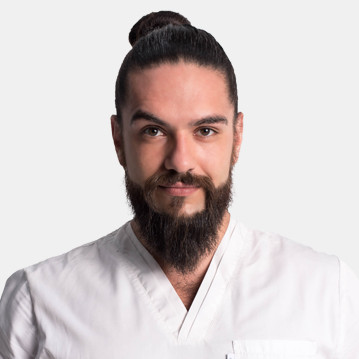
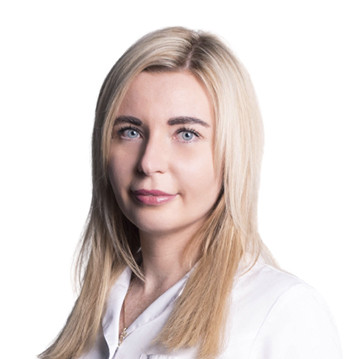
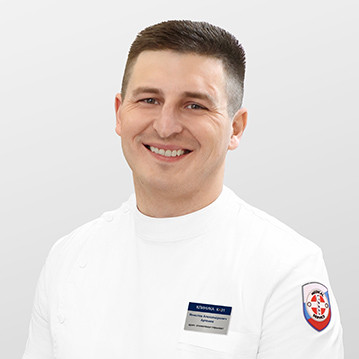
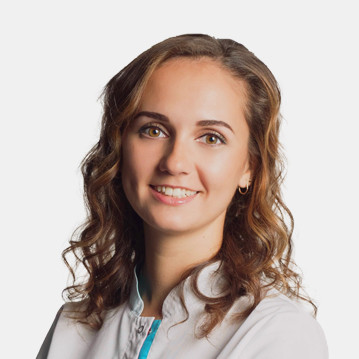
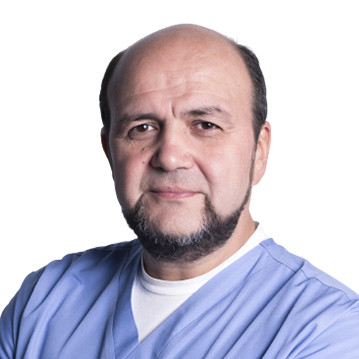
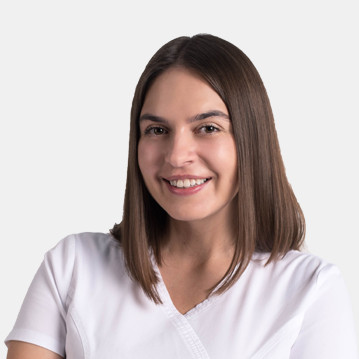
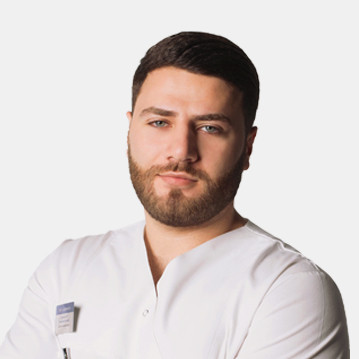
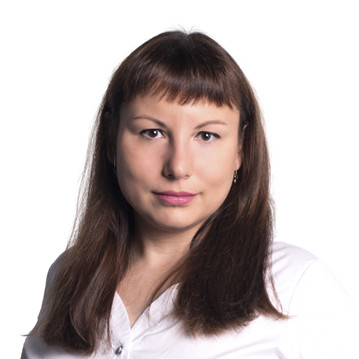
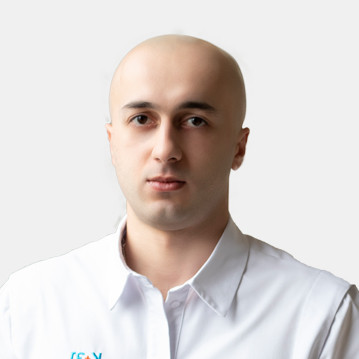

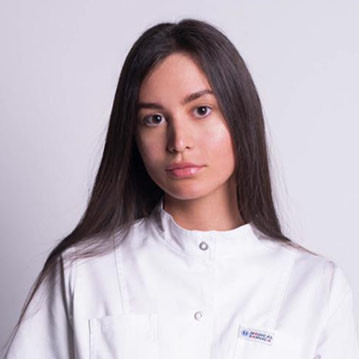
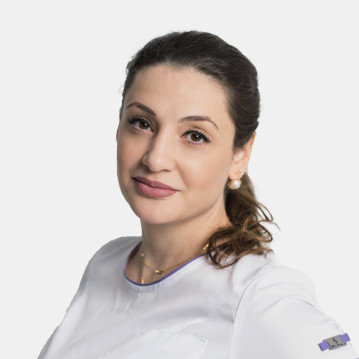
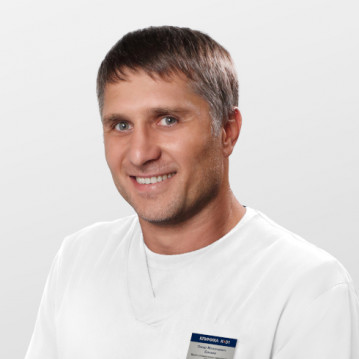
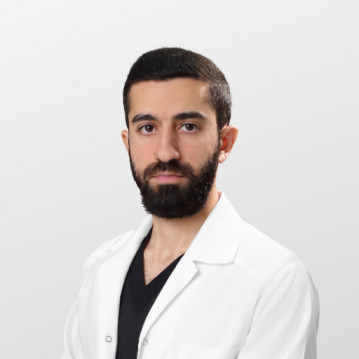
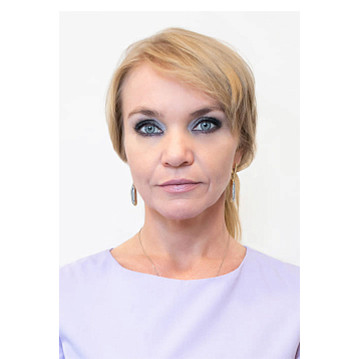
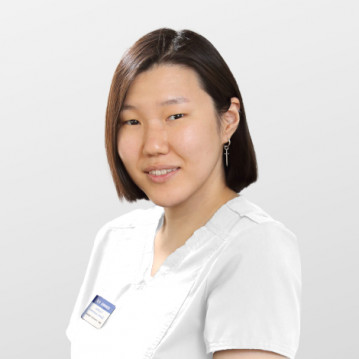
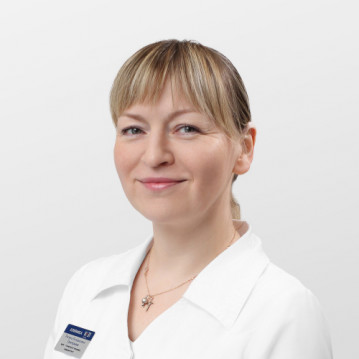
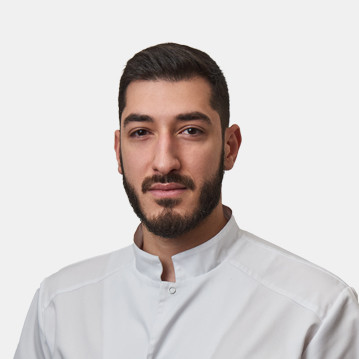
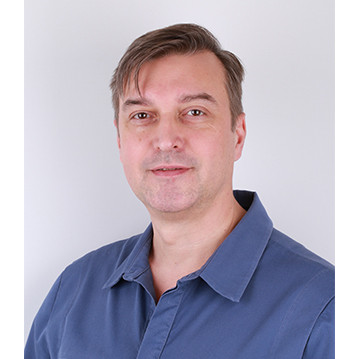

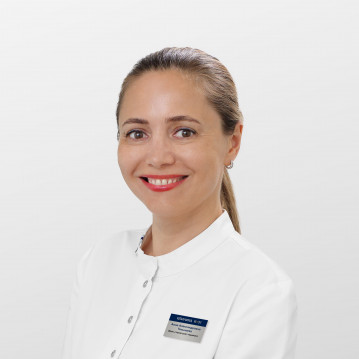


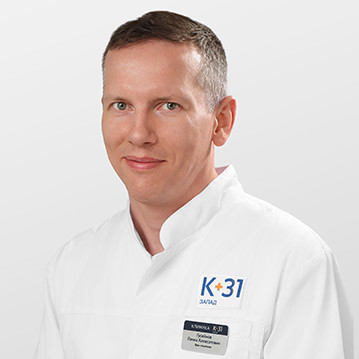
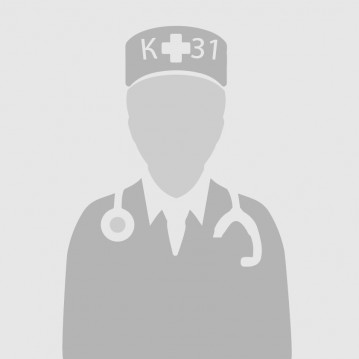
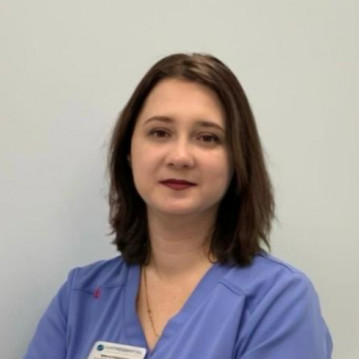

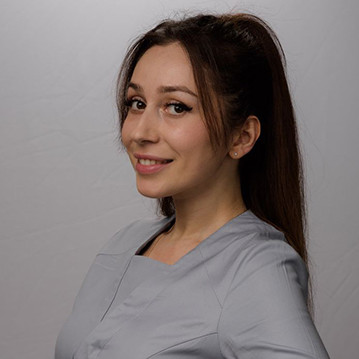
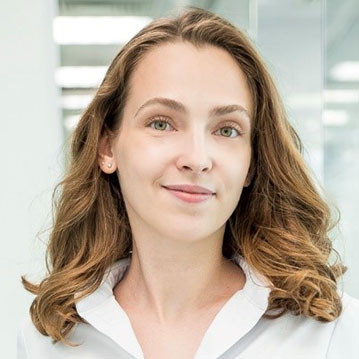
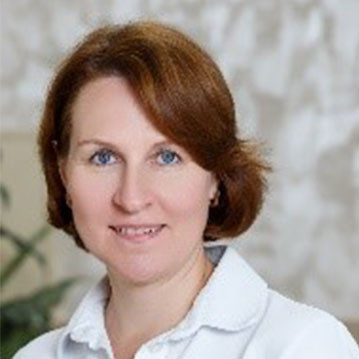













About the service
TMJ condilography is one of the most effective modern methods for continuous monitoring of patients with diagnosed disorders who are undergoing treatment. It allows assessing the course of treatment, determining its effectiveness and making necessary adjustments. Many patients come with problems related to clicking and crunching in the jaw joint area. Such symptoms may indicate the onset of tooth decay or malocclusion.
Other indications for condilography:
Often after long-term treatment, problems associated with chipping of ceramics or weakening of the fixation of dentures arise, which may be the result of insufficient diagnostics.